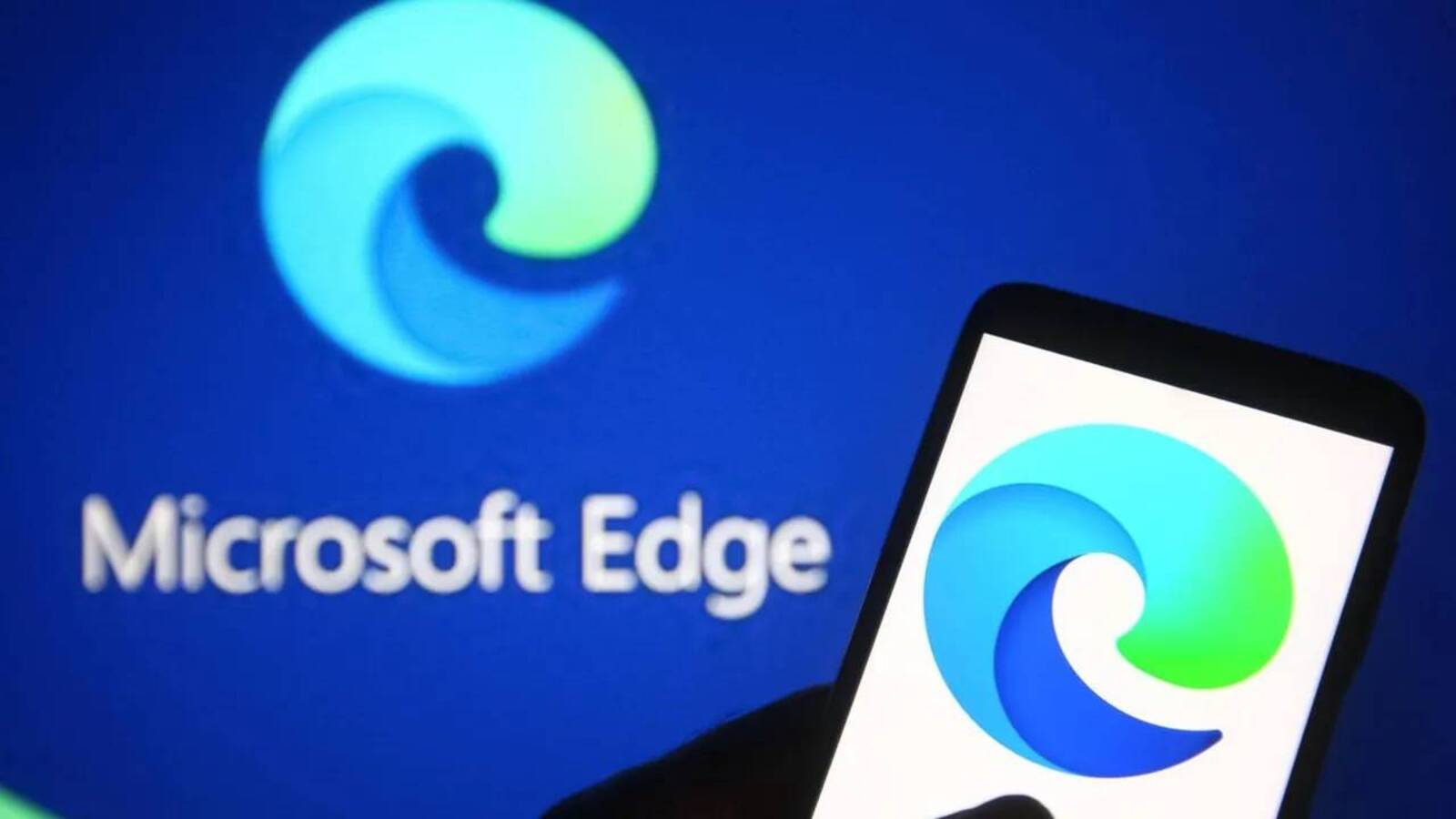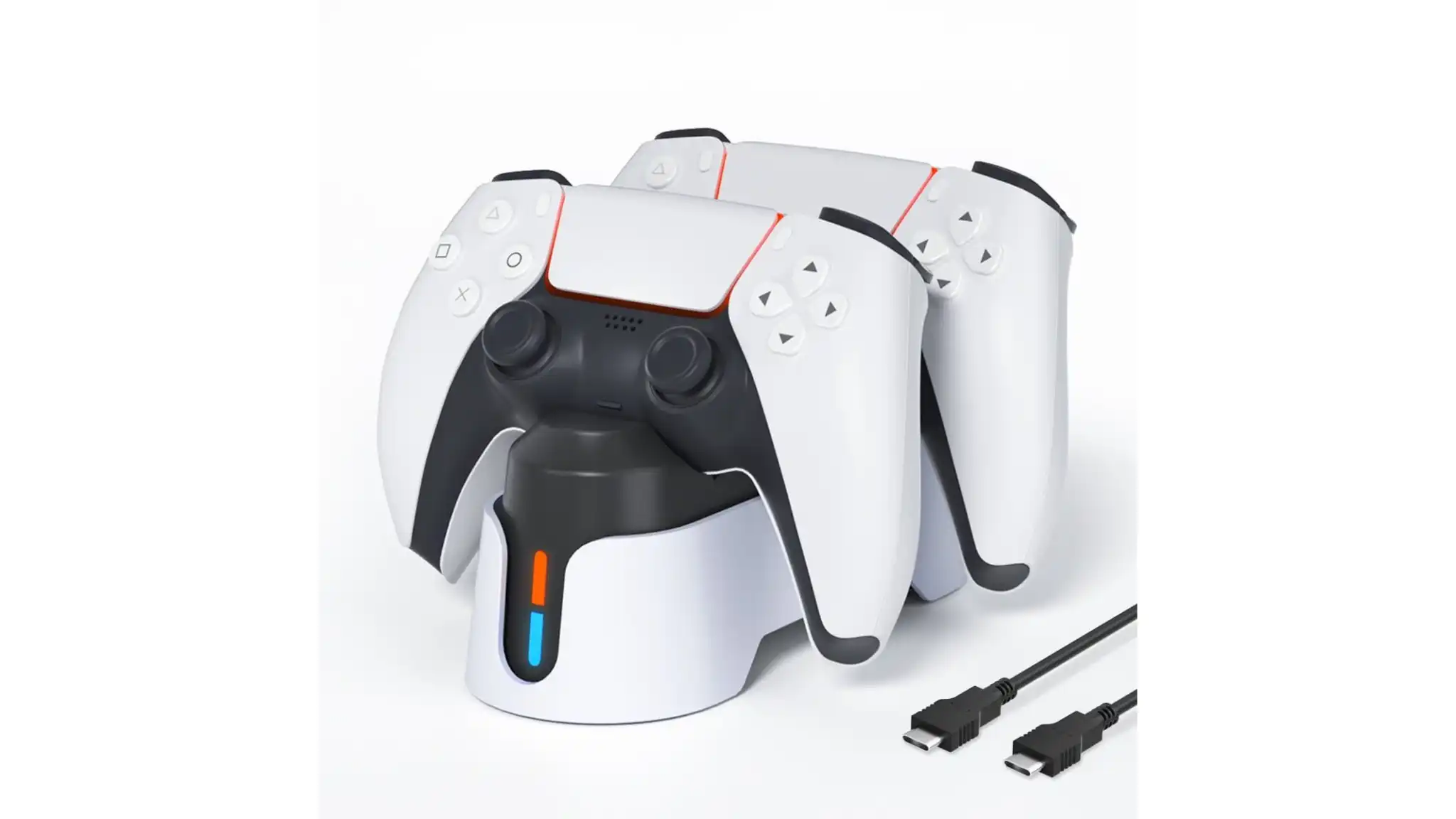
Scareware is a malicious tactic that often relies on fear to get users to install harmful software or disclose sensitive information. It usually involves full-screen pop-up warnings that mimic legitimate antivirus alerts, tricking users into thinking their device is compromised. One common form of scareware is the “tech support scam”, where fake alerts claim that your device is infected with malware and prompt you to call a phony tech support number or install fraudulent antivirus software. Microsoft has been a target of these scams for years, with many users encountering fake pop-ups claiming to be from Microsoft IT support.
To combat this growing issue, Microsoft has introduced a Scareware Blocker feature in Microsoft Edge, which was first revealed at the 2024 Ignite conference. As of now, the feature is rolling out to Microsoft Edge Insiders and will likely be made available to the wider public after further testing. The Scareware Blocker acts as a first line of defense against new scams, specifically preventing the opening of full-screen scam alerts.
The Scareware Blocker utilizes a local machine learning model that compares suspicious full-screen pages with a database of known scams. The model is powered by Microsoft’s scam-fighting community and operates entirely on the local machine—no data is sent to the cloud. If Edge detects a potential scam, it automatically exits full-screen mode, alerts the user with a warning, and gives them the option to continue or exit.
To activate this feature, users need to install the beta version of Microsoft Edge, which can be run alongside the main release. Once the beta version is installed and updated, users can navigate to Settings > Privacy, Search, and Services, find the Scareware Blocker feature, and toggle it on. Additionally, Microsoft encourages users to report scam pages and false positives to help improve the tool’s accuracy.




